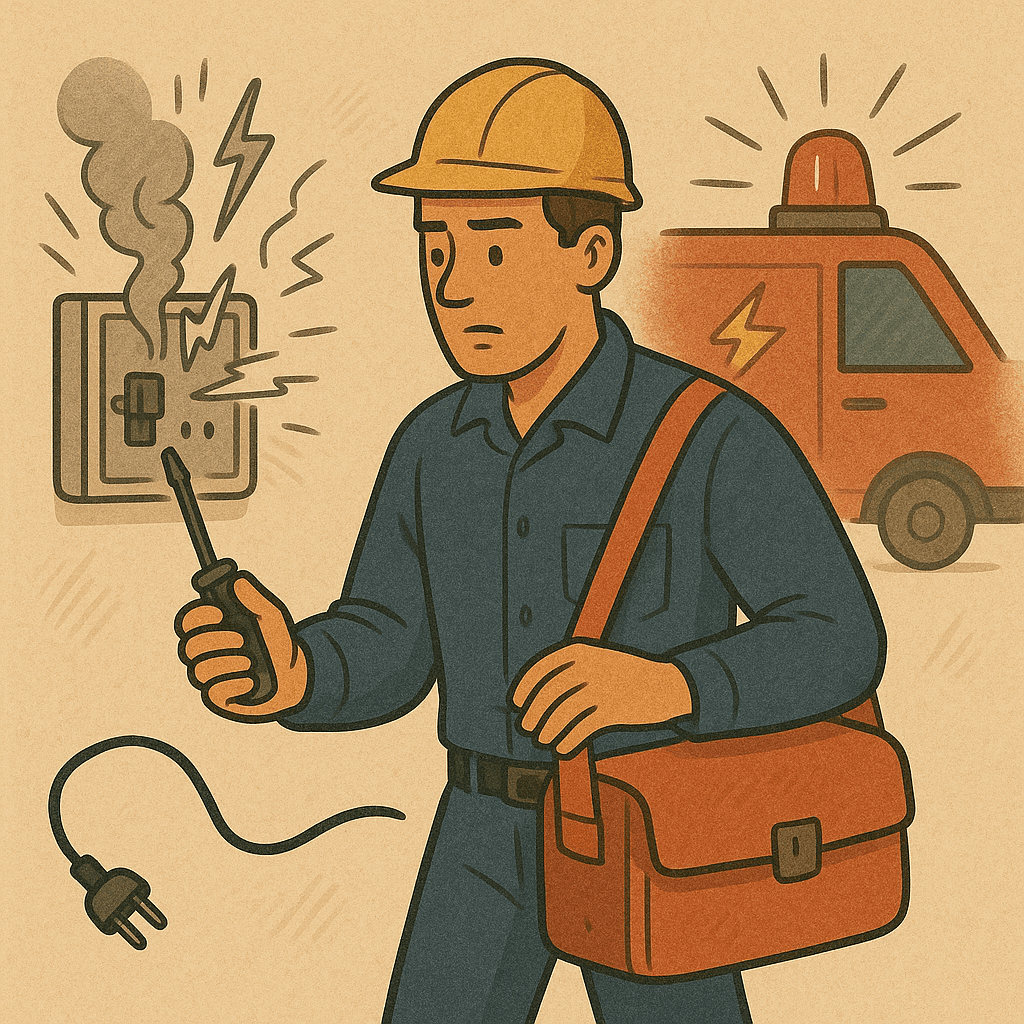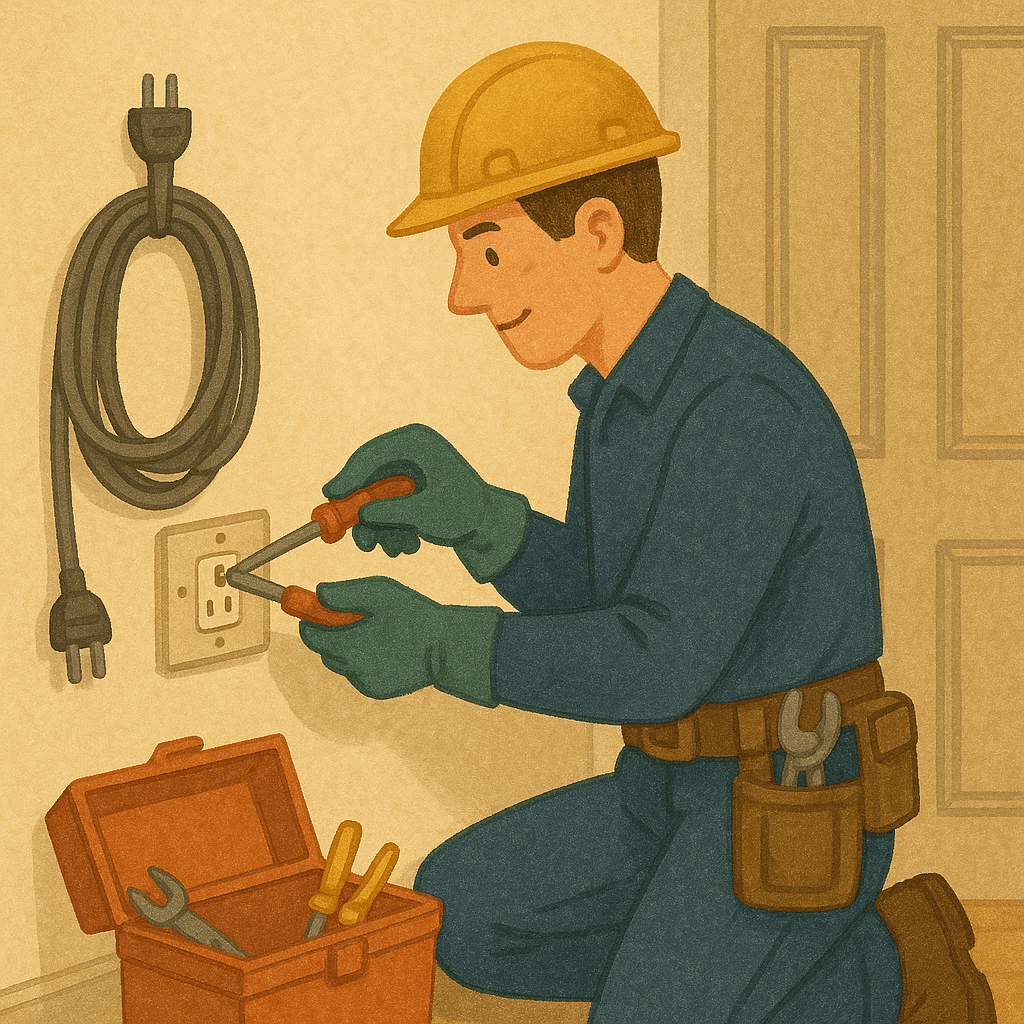Overloading electrical circuits is a common issue in many households, often leading to inconveniences like tripped breakers or, more seriously, electrical fires. Understanding the factors contributing to circuit overloads is essential for maintaining a safe and efficient electrical system in your home.
What Is an Electrical Circuit Overload?
An electrical circuit overload occurs when too much electricity flows through a circuit beyond its rated capacity. Each circuit in your home is designed to handle a specific amount of current, typically measured in amperes (amps). When the combined load of the appliances and devices connected to that circuit exceeds its capacity, the wiring heats up. This can lead to tripped circuit breakers, blown fuses, or even overheating and fires if the overload is not addressed.
Common Signs of an Overloaded Circuit
Identifying the signs of an overloaded circuit early can help prevent dangerous situations. Here are some common indicators to watch for:
- Frequent Tripped Breakers: If your circuit breaker trips often when you use multiple devices, it’s a clear sign that the circuit may be overloaded.
- Flickering or Dimming Lights: When lights flicker or dim, especially when appliances are turned on or off, this can indicate that the circuit is struggling to handle the load.
- Buzzing or Humming Sounds: Unusual sounds from outlets or switches can signal electrical issues, including overloading.
- Warm or Discoloured Outlets: If you notice that an outlet is warm to the touch or discoloured, this is a serious warning sign that the wiring may be overheating.
- Burning Smell: A burning or acrid smell near outlets or appliances is a critical indicator of an electrical problem. If you smell something burning, disconnect the device immediately and consult a qualified electrician.
Common Causes of Circuit Overloading
Understanding what leads to circuit overloads can help you take preventive measures. Common causes include:
- Too Many Devices: Plugging multiple high-wattage devices into a single outlet or circuit, such as space heaters, microwaves, or kettles, can easily exceed the circuit's capacity.
- Using Extension Cords: Overreliance on extension cords to power multiple devices can lead to overload. Many extension cords are not designed to handle high loads, increasing the risk of overheating.
- Outdated Wiring: Older homes may have outdated wiring that cannot accommodate modern electrical demands. If your home is older, it may be worth having an electrician assess your system to determine if upgrades are necessary.
- Inadequate Circuits: Some homes have insufficient circuits for the number of electrical devices being used. If your home was built several decades ago, it may not be equipped to handle today's electrical demands.
How to Prevent Circuit Overloading
Preventing circuit overloads is crucial for maintaining the safety of your home. Here are some effective strategies:
- Know Your Circuit Capacity: Familiarise yourself with the amp rating of your circuits. Most household circuits are rated for either 15 or 20 amps. Avoid exceeding this limit.
- Spread the Load: Distribute high-wattage devices across multiple circuits instead of overloading a single circuit. Consider using different outlets in various rooms.
- Use Power Strips Wisely: If using power strips, ensure they have surge protection and do not connect more devices than they can handle. Avoid daisy-chaining multiple power strips.
- Upgrade Your Electrical System: If you frequently experience overloads, consult a qualified electrician about upgrading your electrical panel or adding additional circuits to accommodate your needs.
- Regular Inspections: Schedule regular electrical inspections to identify potential problems before they escalate. An electrician can check for outdated wiring, faulty outlets, or other issues that may contribute to circuit overloads.
Understanding the implications of overloading electrical circuits is vital for maintaining a safe and functional home. By recognising the signs of overload, knowing the common causes, and implementing preventive measures, you can protect your home from potential electrical hazards. Regular maintenance and consultations with a qualified electrician will ensure your electrical system operates safely and efficiently, keeping you and your family protected. Always prioritise safety and act promptly if you suspect an overload in your electrical system. Contact us for more information.











